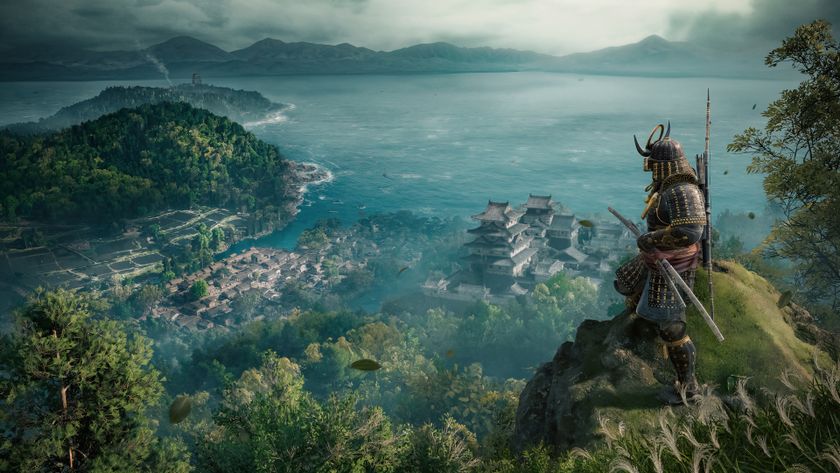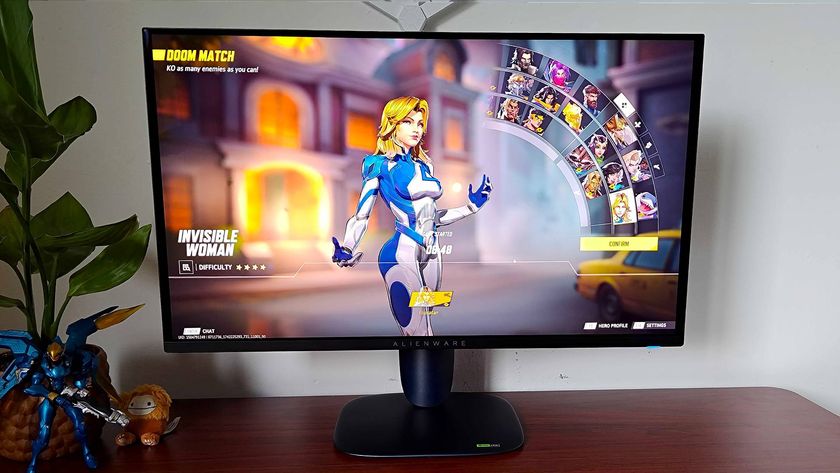Why you can trust 12DOVE
Like the original, Assassin's Creed II tells two parallel stories: that of Ezio, and that of his descendant, Desmond Miles, a hapless test subject kidnapped by a shadowy corporation in the near future. These both tie into a larger narrative about a centuries-long secret war between two Crusades-era sects, the Templars – who’ve been using “Pieces of Eden,” mystic relics of a long-dead civilization, to exert near-total control over humanity – and the Assassins, who resist the Templars in the name of free will.
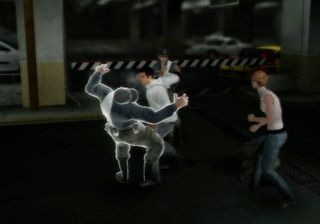
Above: See how clumsy Desmond is at fighting off guards during the game’s first few minutes? He gets better
If you hated Desmond’s sequences in the first game, you’ll be happy to know you only play as him three times – and when you do, you’ll be doing far more interesting things than just skulking around and reading emails. Beginning seconds after Assassin’s Creed left off, ACII sees Desmond busted out of confinement by his new accomplice Lucy (played by Kristen Bell) and taken to a secret Assassin safehouse, where he’s hooked up to a new Animus – a machine that enables Desmond to experience “genetic memories” coded into his DNA. This time, however, it’s with the aim of experiencing the life of one of his ancestors – Ezio – so that he’ll learn all the secrets and assassination techniques Ezio did.
The next two times you’ll see him, it’ll be as he tries out the things he’s learned – and after the third time, you won’t be left with another frustrating, super-cryptic cliffhanger ending. Mind you, the ending’s still kind of a cliffhanger – this is the second game in a trilogy, after all. But you’ll learn a lot about the game’s suddenly apocalyptic backstory as it closes, and the result is far more satisfying and conclusive than the first game’s weird, glyph-covered wall.
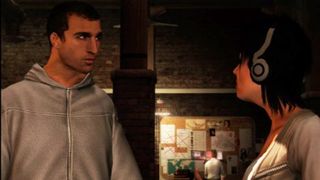
Above: Maybe you’ll like him now, maybe you won’t. Either way, he’s not around for long
Now that that’s out of the way, let’s get back to meat of the game.
As we said earlier, a big part of why Assassin’s Creed II succeeds is because of the level of detail that went into its Renaissance backdrop. That’s not just limited to putting canals in Venice, or creating accurate, climbable models of famous Italian landmarks – every building, person, object and weathered brick looks and feels like it belongs in its respective time and city. Town criers rattle off the news as you wander near them, shopkeepers yell for your attention and everyone reacts with wonder and fear whenever you start clambering up a wall.
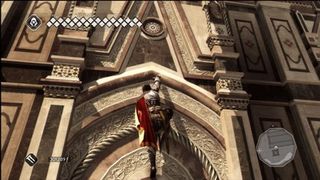
Above: No, he’s not going to hurt himself. Shut up
Sure, it breaks the immersion a little that the criers and shopkeepers repeat themselves a lot, and that the guards, mercenaries, doctors, thieves and courtesans wear nearly identical outfits in every city you visit. But overall, the illusion of historical accuracy holds up pretty well, and it’s helped along by the in-game database, which can actually be an entertaining read. Give it a look every so often, and you might actually learn a few things about architects, the professions available to women in Renaissance society and exactly what the hell a “doge” is.

Above: Oh hey, there’s that cleared up, sort of
Another potential immersion-breaker: everyone speaks in slightly exaggerated Italian accents, with bits of actual Italian thrown in for flavor. The effect is a bit like watching a less-grim version of The Godfather Part II, and while it can be hard to take seriously sometimes, it suits the game well. If you absolutely must have slavish realism in your games, however, you can switch the spoken-language track to full-on Italian (or French, or Spanish) with English subtitles. To give you an idea of how the Italian accents sound against actual Italian, we’ve prepared the following mashup of the two vocal tracks:
Accents aside, the thing that really cements ACII’s immersiveness is that each of the five cities has a unique look and vibe. For example, in addition to being surrounded by enormous, varied tracts of rural land, the three smaller cities each have a distinct feel: Monteriggioni is defined by high, domineering fortress walls and narrow streets, while San Gimignano’s soaring gray towers contrast sharply with its low houses and shops. Forli, meanwhile, sports a lot of ugly brick buildings whose gray hues and saggy feel echo the surrounding foggy wetlands.
Meanwhile, the sizable city of Florence has haphazard buildings, busy streets, lots of relatively new-seeming buildings and a skyline dominated by huge cathedrals. And the comparatively huge Venice (the last city you’ll unlock) has ubiquitous canals (complete with gondolas), lots of tall, close-huddling buildings and – once you’ve opened up certain parts of the city – Carnival celebrants.
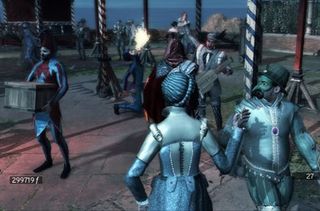
Above: Not too bad for staying hidden in Ezio’s usual getup, really
Monteriggioni is also unique in that it starts out as fairly decrepit; Ezio’s uncle’s villa, where he eventually goes to live, is in a bad state of disrepair. Half the town’s buildings are boarded up, and there aren’t many people on the streets. Once you’ve gone out into the world and earned some money, though, you can come back and invest in Monteriggioni’s local businesses, or renovate its abandoned buildings through a simple menu interface.
As it comes back to life, the town will gradually take on a warmer, livelier look. Play your cards right, and it’ll also ensure that you’ll never have to worry about money again, thanks to the regular payments you’ll get as landlord. (Until you start getting those payments, you’ll have to rely on mission bounties and whatever money you can can pickpocket or loot from dead bodies.)

Above: Yep, you can rebuild the brothel AND the church
Of course, that begs the question of what else you can spend that money on. In addition to hiring assorted scumbags to help you deal with guards, you can use it to buy works of art for your villa (which increase the town’s overall value), as well as treasure maps, new and more powerful weapons (there are 22 in all, although PS3 owners can potentially get 26 – more on that later), new pieces of armor (which boost your health) and even dye jobs for your costume. Note that that last item is purely aesthetic; changing your colors might look cool, but it won’t fool guards into thinking you’re someone else.
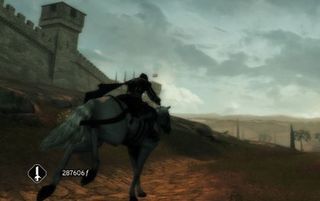
Above: Horses, meanwhile, are always free
Not that you’ll really need to, though; guards in ACII are pretty easy to shake, although they tend to get in your face an awful lot. If you do something they don’t like in front of them – like killing someone, picking pockets, looting corpses or tearing down a wanted poster – they’ll either start harassing you or draw their swords and charge. At that point, you can fight them (which we’ll get to in a second) or run, in which case you’ll have to break their line of sight and escape from a GTA IV-style “wanted” circle on your mini-map.
No matter what you do, though, it’ll raise your Notoriety, a persistent wanted level that makes guards quicker to attack if they notice you acting up. You can lower this by tearing down wanted posters, bribing town criers or assassinating “corrupt” officials who are bearing “false” witness against you (for your very real crimes).
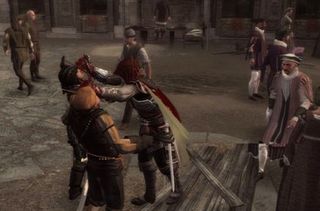
Above: What? No! This never happened
Next up: How’s the fighting?
More info
| Genre | Action |
| Description | Bigger, bloodier and far more epic than its predecessor, Assassin’s Creed II is a must-play for anyone who loves adventure, swordplay and climbing around on classical architecture. |
| Platform | "Xbox 360","PS3","PC" |
| US censor rating | "Mature","Mature","Mature" |
| UK censor rating | "18+","18+","18+" |
| Alternative names | "Assassin's Creed 2" |
| Release date | 1 January 1970 (US), 1 January 1970 (UK) |
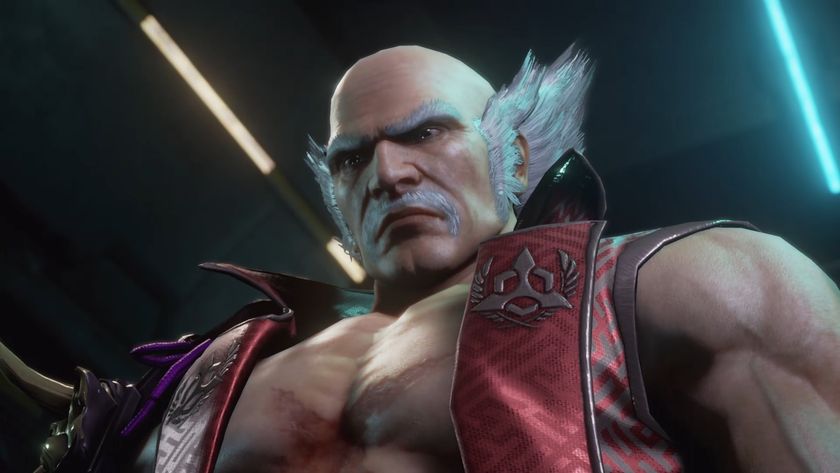
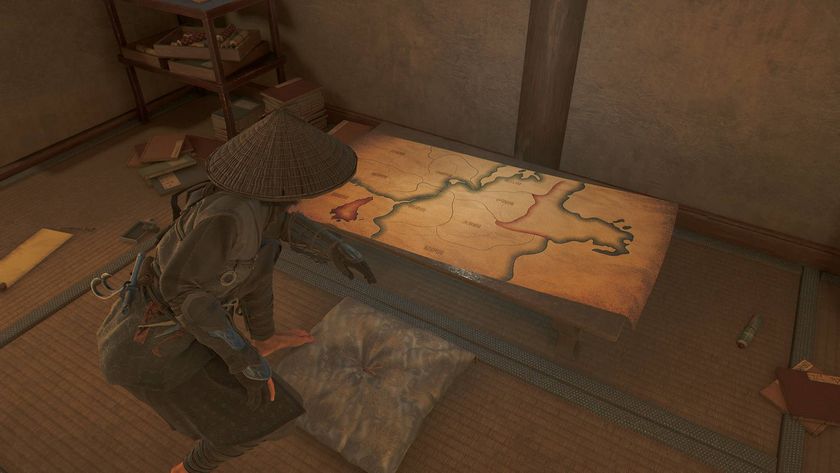
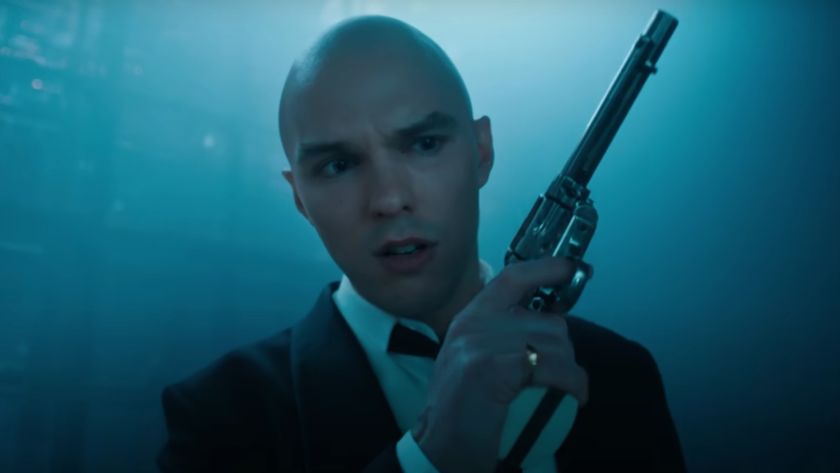
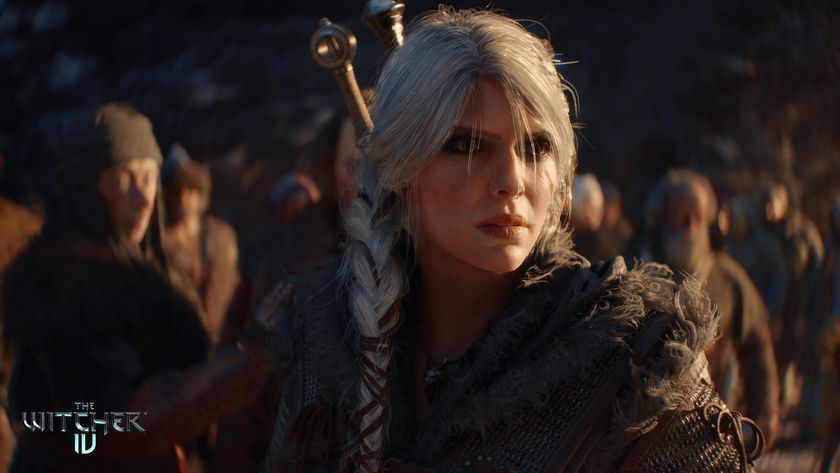
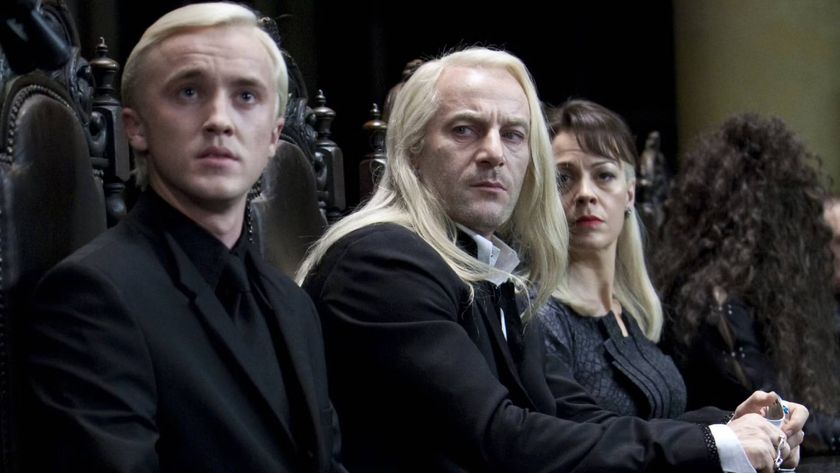
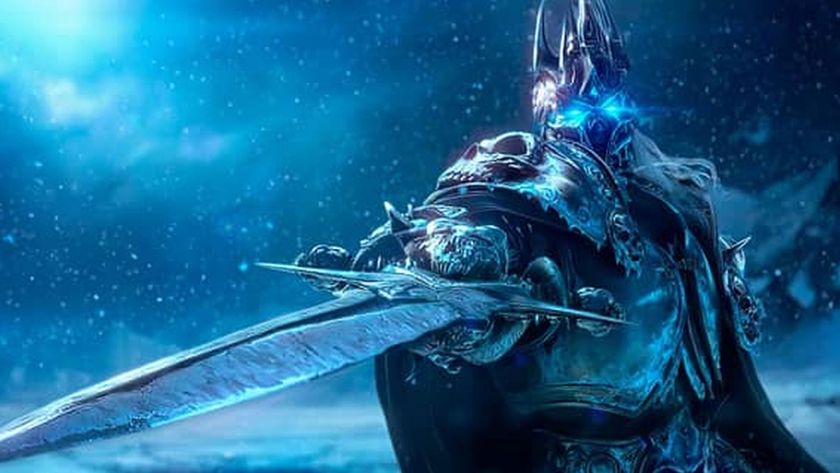





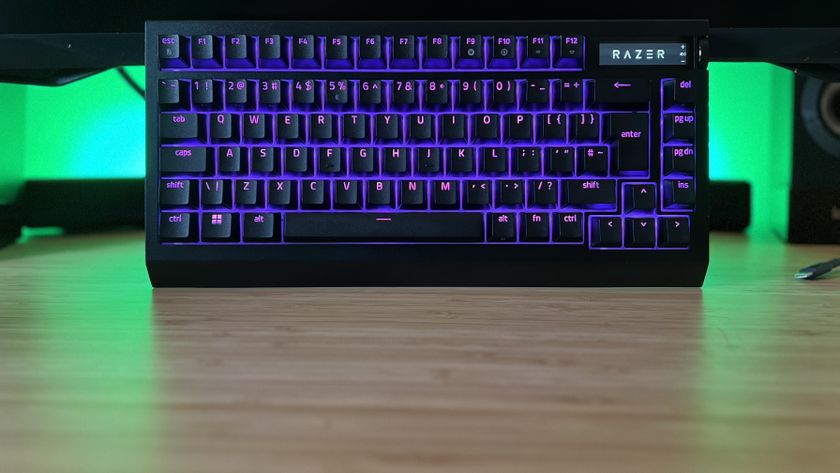

"I didn’t have a single ally": Tekken 4's negative reception put series boss Katsuhiro Harada under so much stress that he left Namco for a year

Assassin's Creed Shadows map size and all regions

Marvel Rivals has an unintentional Team-Up ability for Jeff the Land Shark and Doctor Strange, who can join forces for a bug that sends foes into an inescapable void





